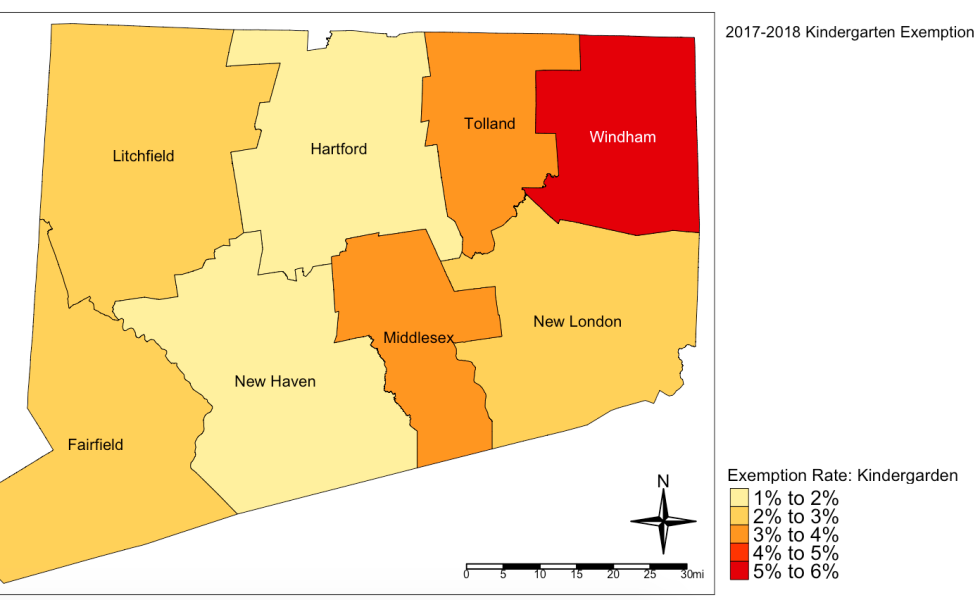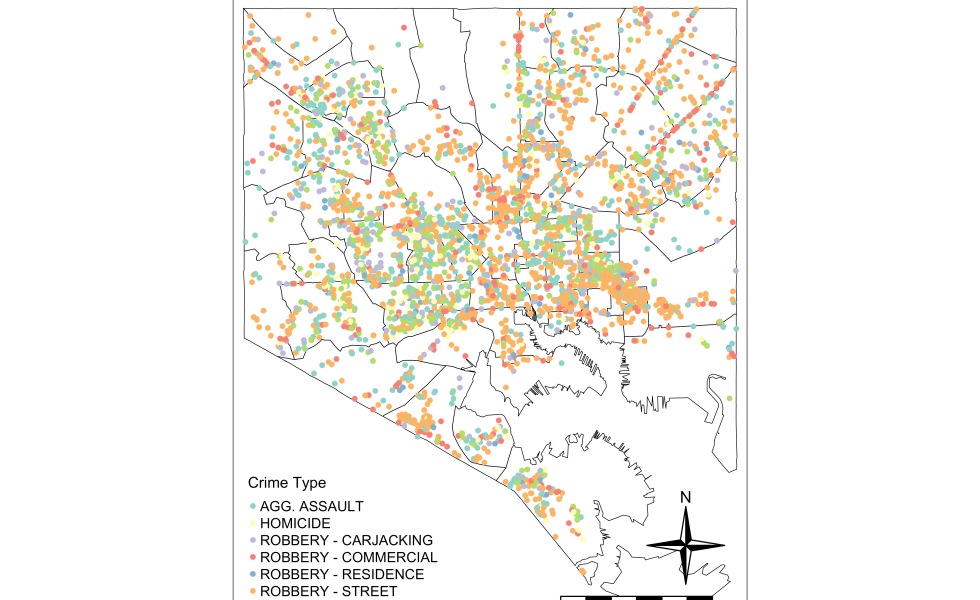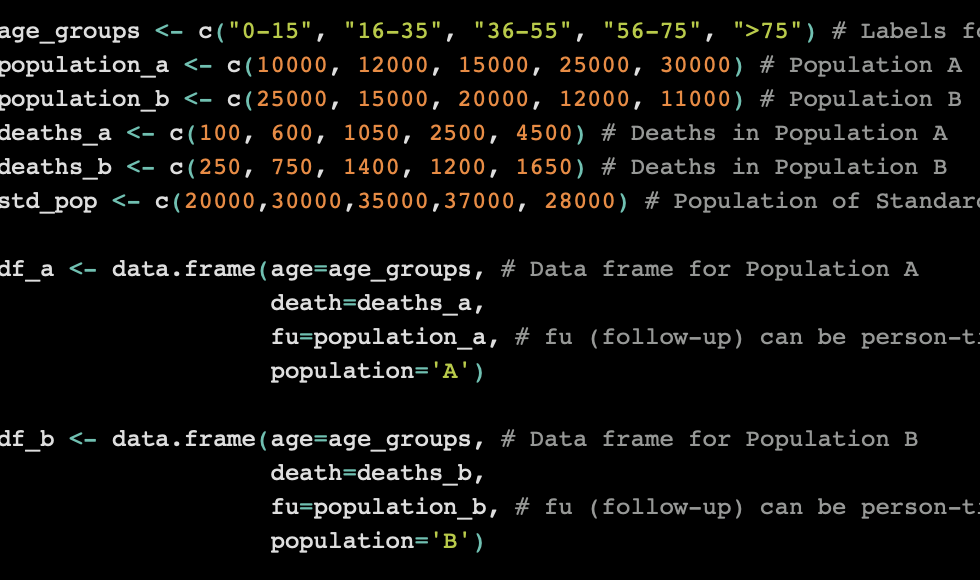Archives
The Hijacking of Fluorine 18.998, Part Three
Posted on September 23, 2019 4 Comments

In the last two blog posts (here and here), I told you about the history of fluoridation of water in the United States and other parts of the world. I told you how a dentist traveled out west to Colorado and, through observation and laboratory study, helped determine that adding fluoride to drinking water prevented […]
Real Quick: Where Is This Whole Vaping Thing Going?
Posted on September 22, 2019
In case you haven’t heard, public health authorities in the United States caught on to a weird kind of lung damage syndrome that is strongly associated with vaping (aka “electronic cigarettes”). The syndrome manifests itself as lung damage that is acute and severe, leaving young people with lungs that work at the capacity seen in […]
The Hijacking of Fluorine 18.998, Part Two
Posted on September 21, 2019 7 Comments

NOTE: This is the second of a three-part series on fluoride in drinking water and a recent study about it. You can read part 1 here. You can read part 3 here. In the last blog post, I told you all about how fluoride has been added to potable water systems in the United States […]
The Hijacking of Fluorine 18.998, Part One
Posted on September 19, 2019 5 Comments

NOTE: This is the first of a three-part series on fluoride in drinking water and a recent study about it. You can read part 2 here. You can read part 3 here. There is a cultural controversy dating back several decades that is very similar to the anti-vaccine controversy that we are dealing with today. […]
Preschool Exemptions to Vaccination in Connecticut
Posted on June 18, 2019

I have to work tomorrow, early, so this is going to be quick. I saw a news article about a couple from Connecticut who are suing in state court because the department of health is publishing information on vaccine exemptions. The health department data can be accessed here: https://portal.ct.gov/DPH/Immunizations/School-Survey If you look at those data, […]
Some Things I Learned This Week
Posted on June 5, 2019 1 Comment
I’ve been at the annual conference of the Council of State and Territorial Epidemiologists all this week. The first conference I attended was back in 2008, when I was working at the Maryland Department of Health as an epidemiologist doing influenza surveillance. I remember it being a lot of fun because I got to learn a lot from people who had the same interests as I did. This has not changed much since then, but things around us in the world have. Let me explain…
Looking at Unmet Health Needs in Chicago, 2013
Posted on May 25, 2019

When comparing two or more health indicators, it’s important to keep in mind that they might be on a different scale and presenting completely different information. In order to make the comparison more accurately, you can standardize the variables’ values and then create a Health Condition Index. So let’s use R and some open data to see how this can be done.
How Many Guns Were Within 1,000 Feet of Schools in Baltimore in 2018?
Posted on May 19, 2019

Modern software programs allow you to analyze spatial data quite easily, but it may be hard to replicate what you did without a detailed how-to manual and instructions you write as you go. Programming languages such as R and others allow you to write code and comments in that code, so it will be easy to follow what you did and reproduce it time after time.
Epi 101: Indirect Age Adjustment by Hand and in R
Posted on April 18, 2019

Sometimes, age-specific death counts are hard to come by. Something happened that doesn’t allow you to know how many people died in each age group, but you know the total number of people who died. So how do you account for differences in the age distribution of the population? Glad you asked!
What if Vaccines Are Harmful?
Posted on April 13, 2019 2 Comments

If vaccines are as bad as anti-vaccine people and groups claim that they are, where is the evidence? We’ve seen other diseases and conditions be identified and dealt with. Why not these bad vaccine outcomes? Could it be that it’s not as bad as antivaxxers say it is?